This content was published: July 11, 2012. Phone numbers, email addresses, and other information may have changed.
Past presidents make the rounds, share memories
Photos and story by James Hill
It was a blast from the past for the PCC community this spring.
All five living past presidents mingled with staff, faculty and students at the Presidents’ Picnic at the Rock Creek Campus Event Center (see photo gallery below) in May. During the ceremony, it was announced the college eclipsed its goal of tallying 50,000 hours of community service during its diamond anniversary school year. At the conclusion of the lunch, the past presidents gathered with the audience and host, District President Preston Pulliams, to cut the ribbon on the PCC Unity Project – four large-scale sculptures commissioned for the college’s anniversary, to be given to each PCC campus. Each president etched their names on a plate of glass that will be inserted into the sculptures.
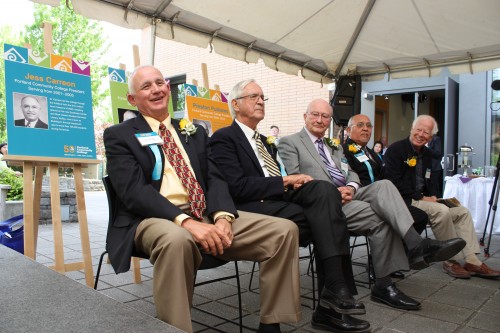
Past presidents on hand (left to right): Jerry Berger, Jim Van Dyke, John Anthony, Jess Carreon and Dan Moriarty.
At the main event – the picnic – those sharing laughs and memories in front of more than 200 guests were John Anthony (who served from 1980-1985), Jim Van Dyke (1985-1986), Dan Moriarty (1986-2001), Jess Carreon (2001-2003) and Jerry Berger (2003-2004). Founding president Amo DeBernardis (1961-1979) passed away in 2010. Each of them talked about some of their most vivid memories and how PCC has grown and changed since they led the college. Pulliams posed the question of “What do you remember most about your time at PCC?”
Anthony was most known for involving faculty in decisions, promoting lifelong learning, developing the centers into comprehensive campuses and establishing the PCC Foundation and a nationally acclaimed literacy program. Not bad for a man who had to follow PCC’s popular and dynamic founding president.
“Trying to fill the shoes of Dr. DeBernardis was absolutely impossible and I remember Jim Van Dyke, Roy Lindsay and Ray Smith came in at the time and said to me, ‘Don’t try to fill his shoes, just go your own way,’ and that’s basically what we tried to do. If I had to summarize in just a few words what I enjoyed most about my five years here it was working with the people, working with you, working with the communities.”
Van Dyke was named interim president after working as a faculty member and dean since 1965. He was instrumental in getting voters to approve a higher tax base for the college through awareness campaigns (40 percent of residents didn’t know what PCC was at the time), which gave PCC some breathing room while it tried to recover from budget problems. As a faculty member, Van Dyke remembered that Anthony attempted to recruit him to become dean of the Sylvania Campus, but he turned him down, happy to remain dean of Cascade.
“Three weeks later he came back again and said, ‘I’m on my way out of town and when I get back you are being named dean of Sylvania,'” Van Dyke remembered. “I wasn’t smart enough at that time to realize what was happening; he resigned shortly thereafter and the board appointed me as the interim president. It was quite a challenge. This is the greatest institution ever. If PCC didn’t exist, or if community colleges didn’t exist, we’d have to invent them.”
Moriarty followed Van Dyke at PCC. He dealt with unprecedented growth (the college had grown by 50 percent since his reign began) and liked to let people do their jobs. He was known for managing a series of bond programs that helped round off facilities at the main campuses and establishing PCC’s biggest public event – Art Beat. However, as PCC entered the computer age during his tenure, Moriarty remembered the challenges outfitting workers with costly computers ($4,000 per staffer) and how the Internet blew everyone’s minds.
“I remember getting a note from a faculty member, hand written, and this person asked me, ‘The Internet, how can I access the internet?'” he said. “And I had this recollection that Barb Swanson, head of the library, had told me about a consortium we belonged to and there was a dedicated computer in the library. So I was able to tell that faculty member, being very responsive as a president, that he should get up from his desk in his office and walk across the campus and go to the library and find that computer and he then could get into the Internet. And we’ve come along way.”
Carreon came aboard during a recession in the economy and steered PCC through tough budget decisions. He proved engaging and well-suited in overseeing the build out from the $144 million bond measure of 2000. But he defers credit on those tough budget and bond decisions, instead crediting the staff for their work on those fronts.
“I enjoyed the whole time here even with the fiscal situation, it could be extremely stressful, but what wasn’t stressful was that everybody was trying to do what they possibly could to serve our students and their community,” Carreon said. “My first introduction to PCC came right after 9/11. I cried and cried. I was extremely, emotionally upset because our nation was hit directly right in the heart. And what I found out, you, members of the college community, stepped up to the plate. I was so impressed.”
Berger served as interim president for a year so that PCC could find Carreon’s replacement. He had been the longtime president of Chemeketa Community College before retiring in 2001. Known for his down home humor, Berger talked about his hurried hiring after Carreon moved to Dallas. But he summed up the meaning of the day best.
“What we have at PCC, and at community colleges, is dedicated staff who put students first,” Berger added. “Community college people’s lifeblood is ‘How do you help students who come for something?’ PCC, staff faculty and administration had that value of putting students first.”


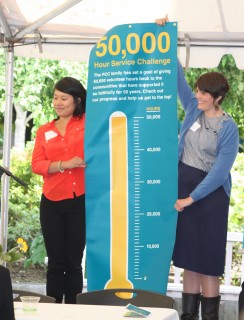
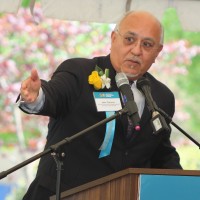
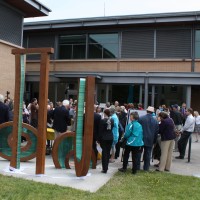
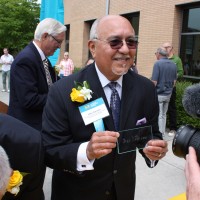
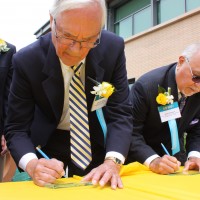
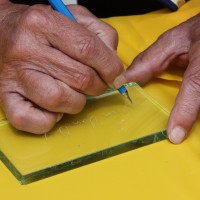
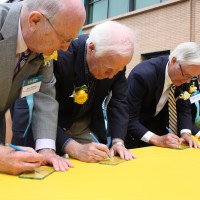
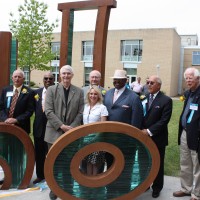
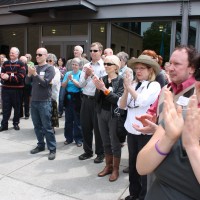
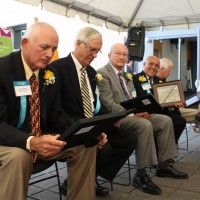
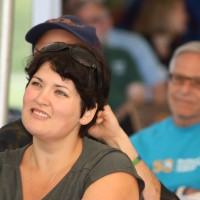
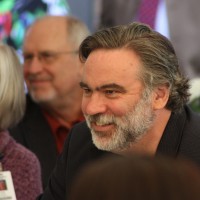
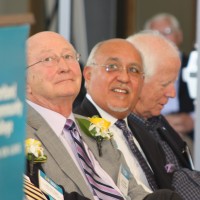
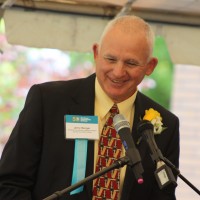
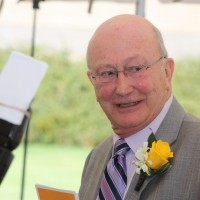
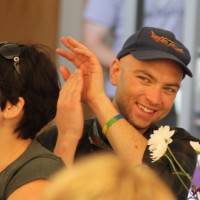
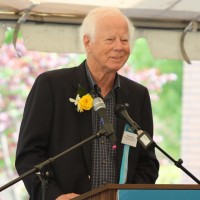
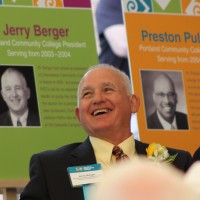
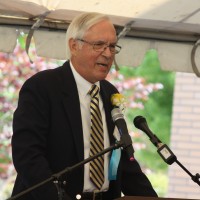
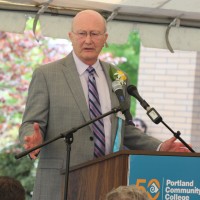
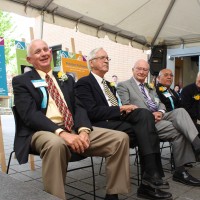
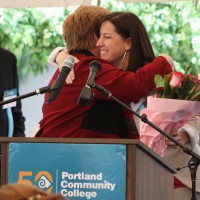
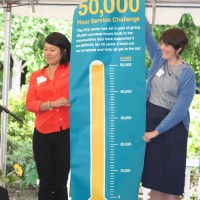
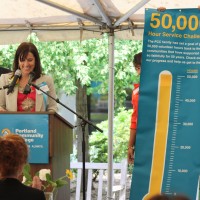
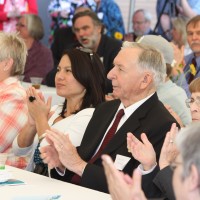
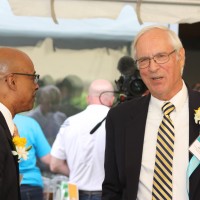
[…] can read what they said about their memories of the college in our web feature on the day, but here’s a quick taste of the gems […]